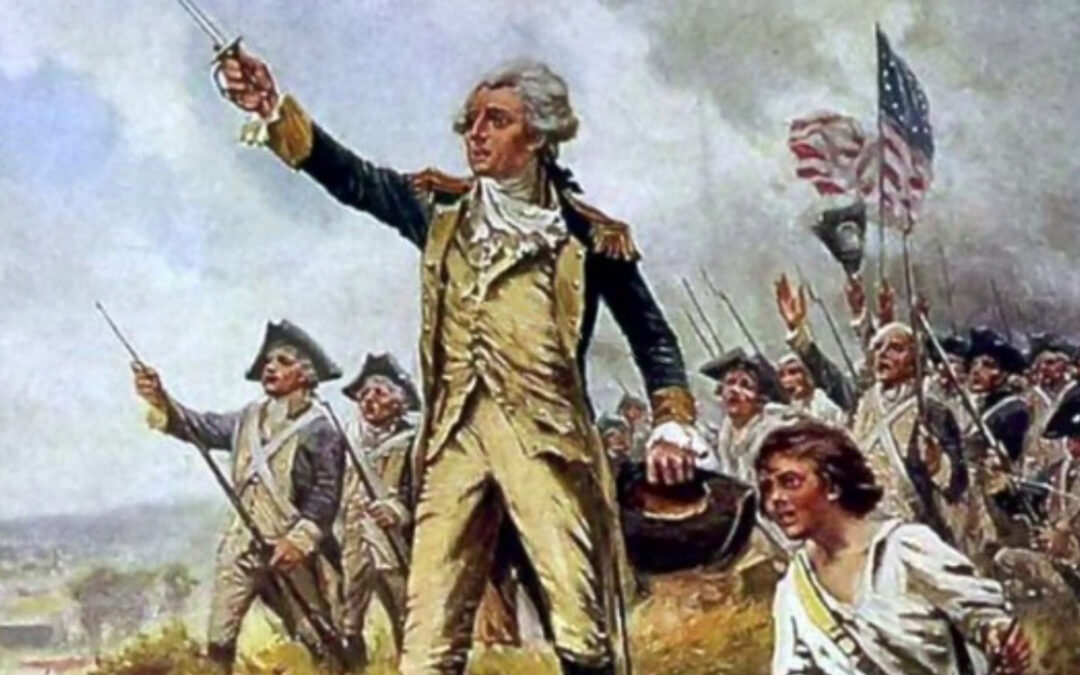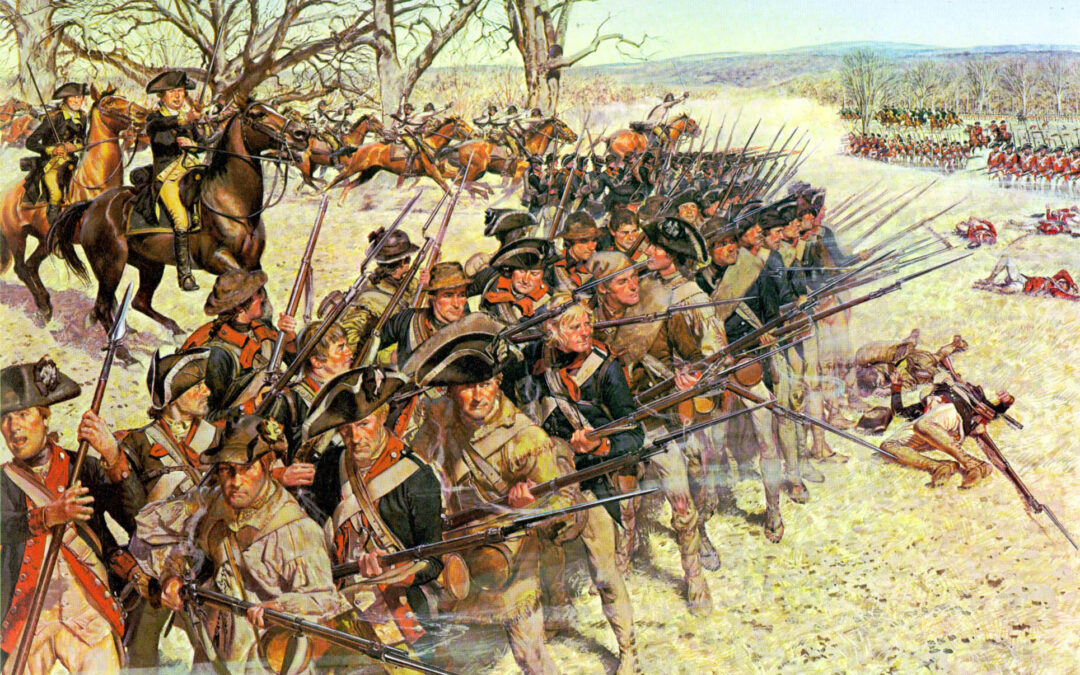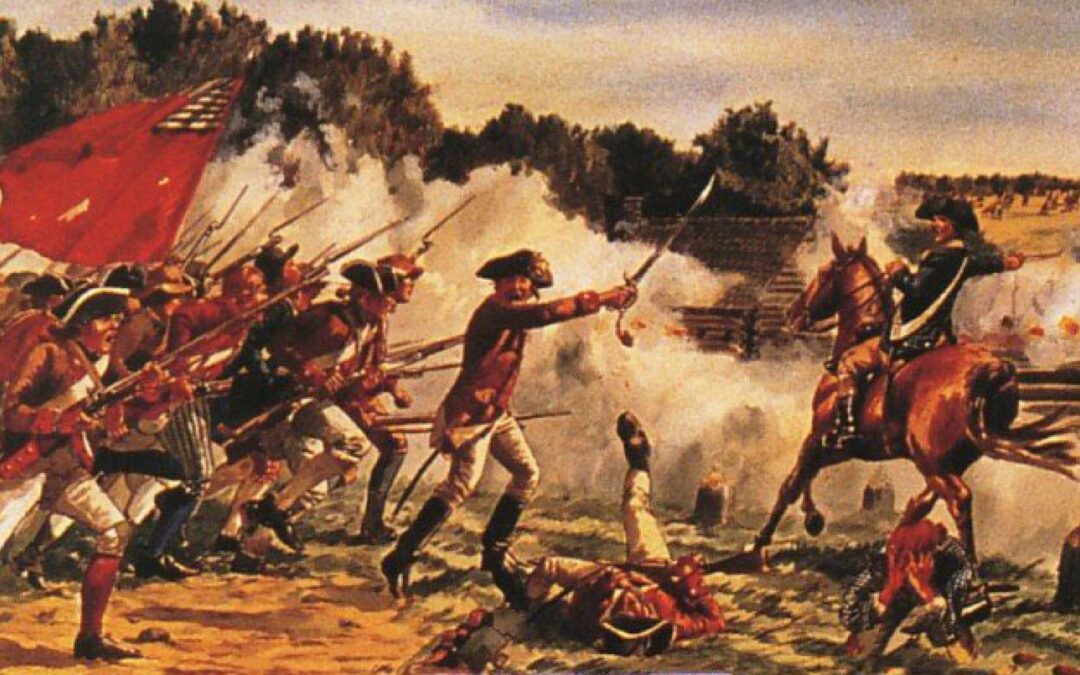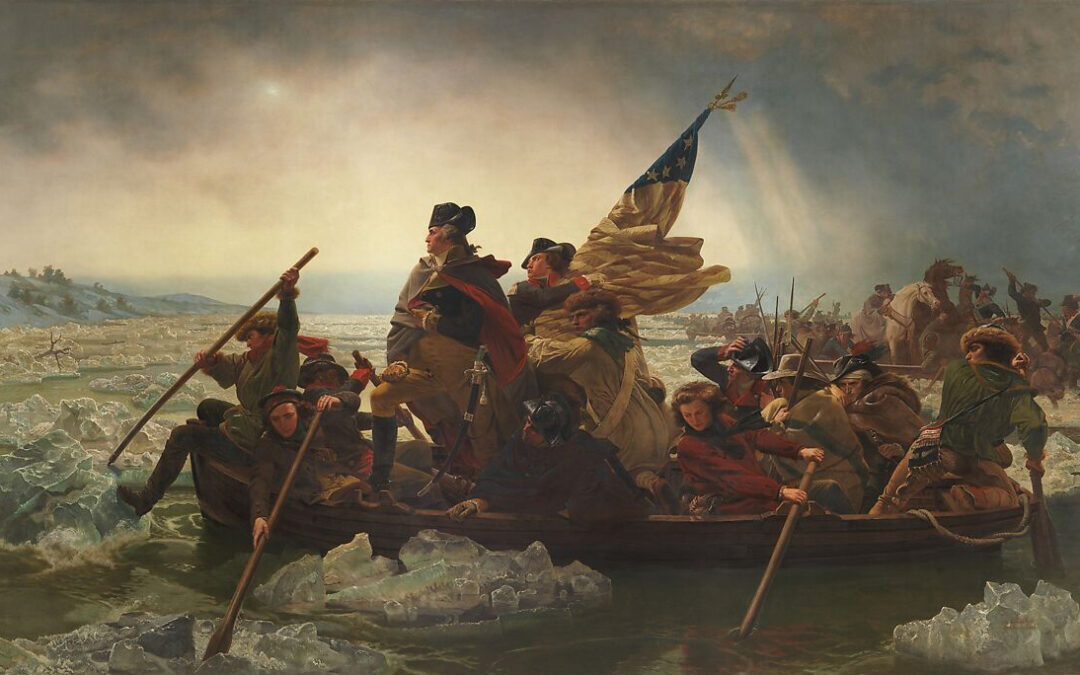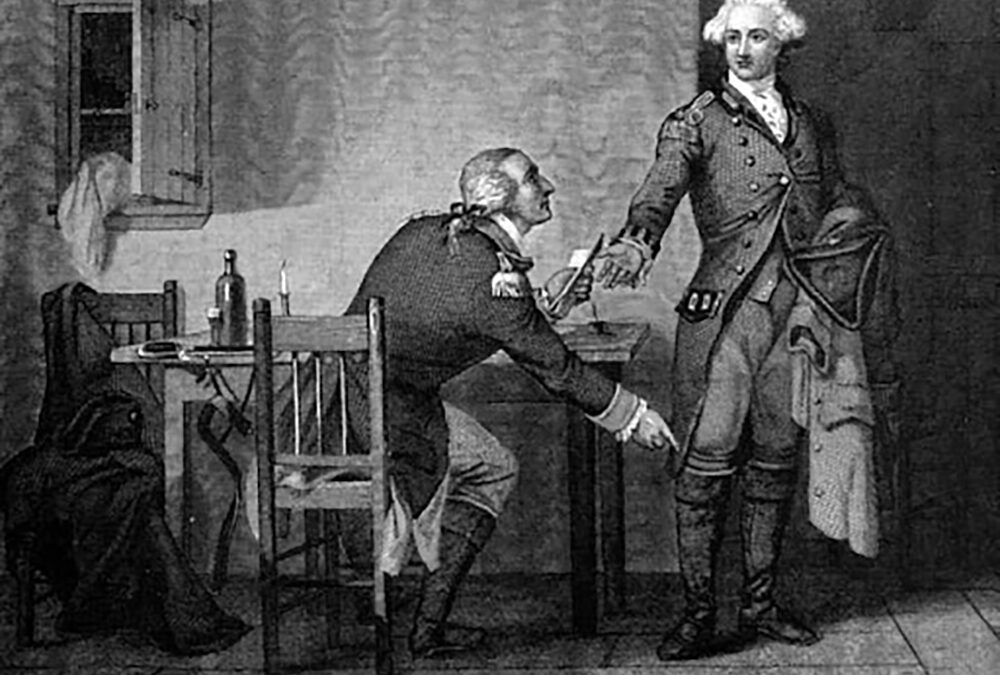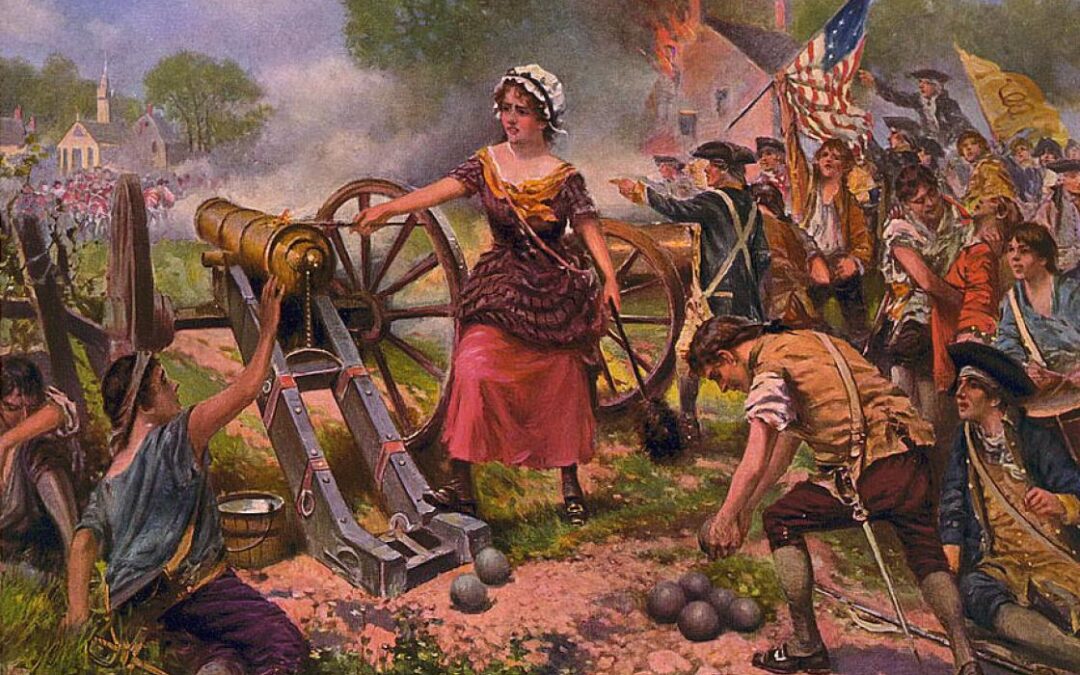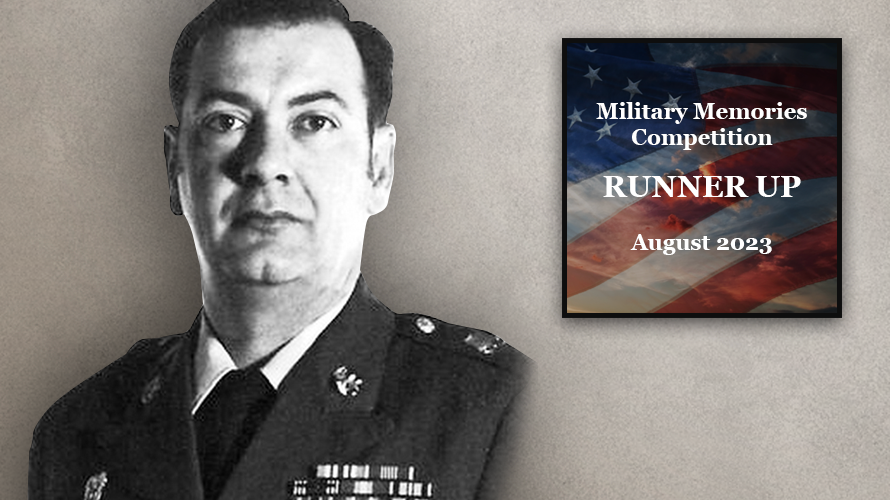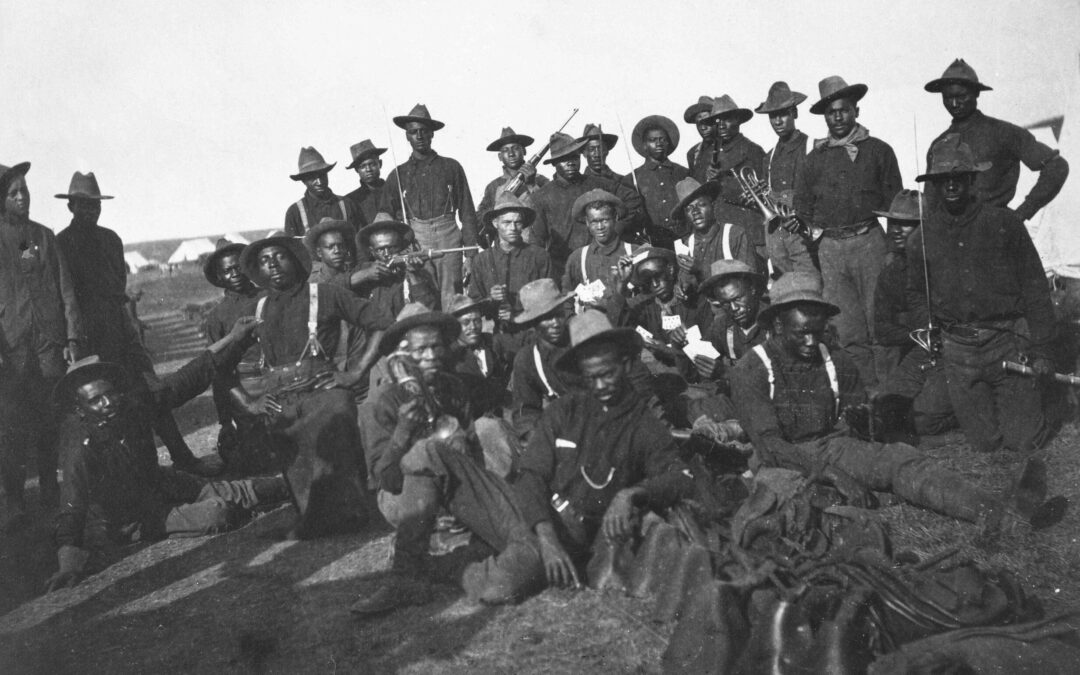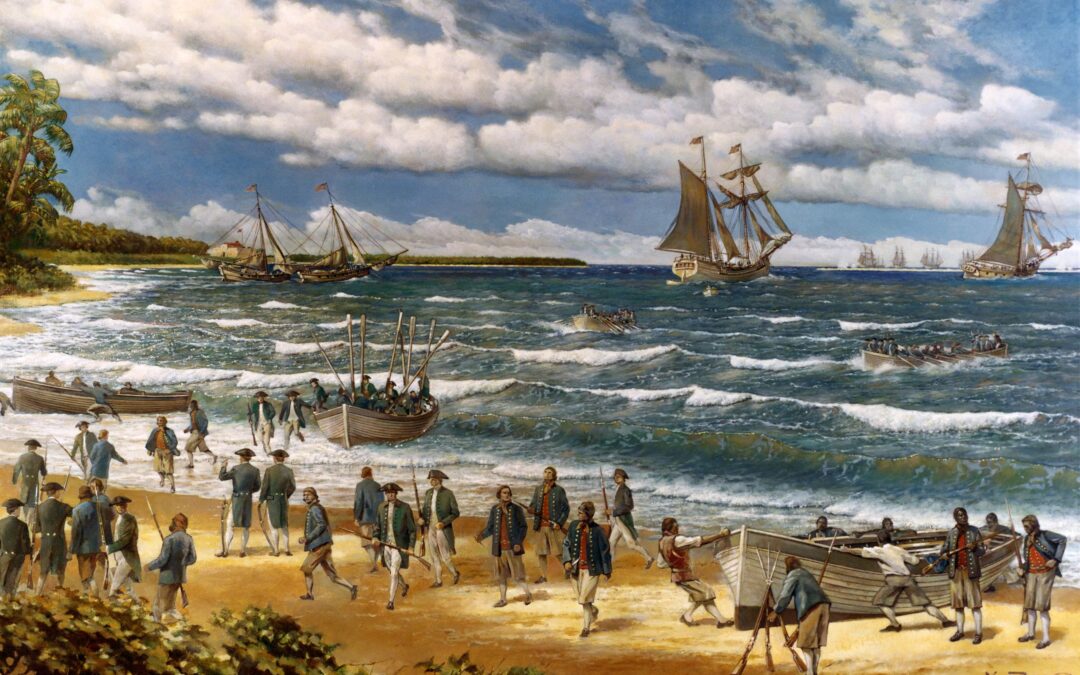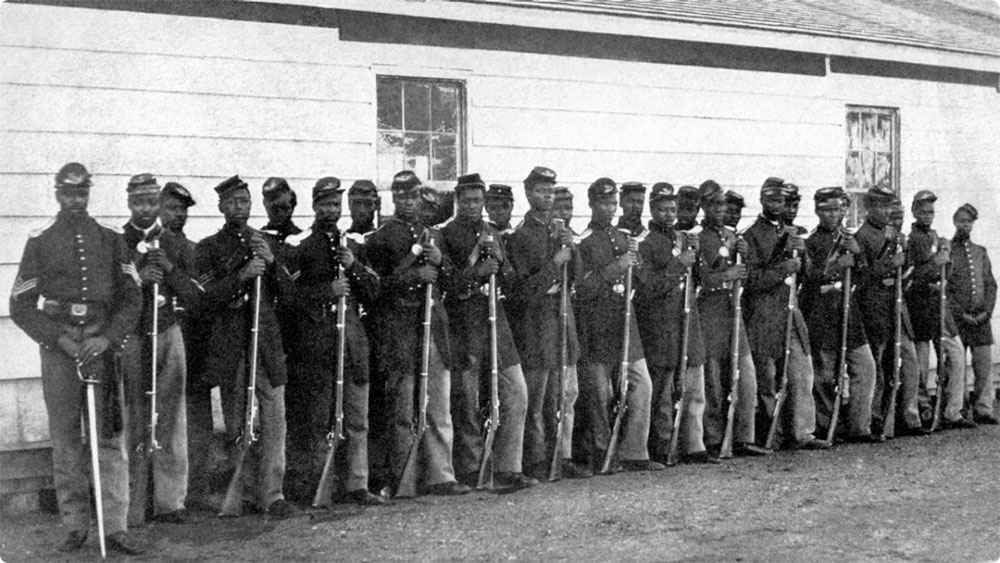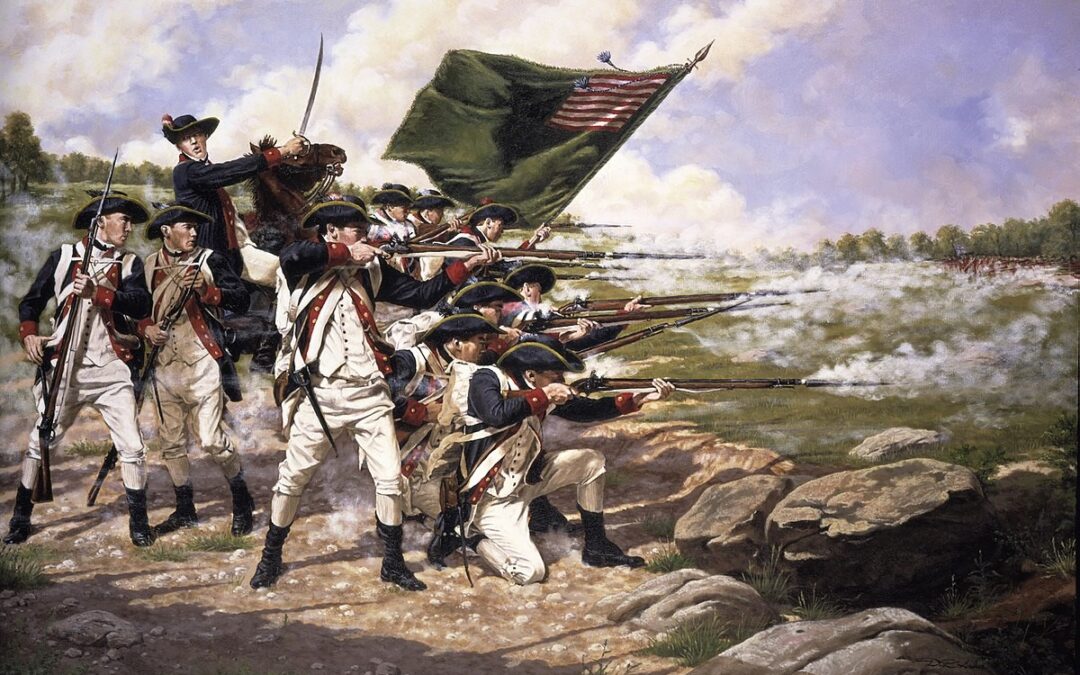There is no shortage of heroes who rose to prominence during the American Revolution, but few compare to the legacy of John Paul Jones. A Scotsman by birth, he came to the fledgling United States but joined the Continental Navy as an American. Although many of his newfound countrymen would enjoy victories over Great Britain in the years to come, only Capt. John Paul Jones, the "Father of the U.S. Navy," would ever bring the war home to the British. John Paul Jones Rose as the Father of the U.S. Navy Born in 1747, young John Paul (not yet Jones) began his sailing career at the tender age of 13. He spent a considerable amount of time traveling across the Atlantic Ocean from England to Virginia as a merchant mariner. It was as a merchant that he got his first chance to command a ship. He was 21 years old when the captain and first mate of his ship suddenly died of Yellow Fever, and it was John Paul who successfully navigated the vessel back to its home waters. He soon...

